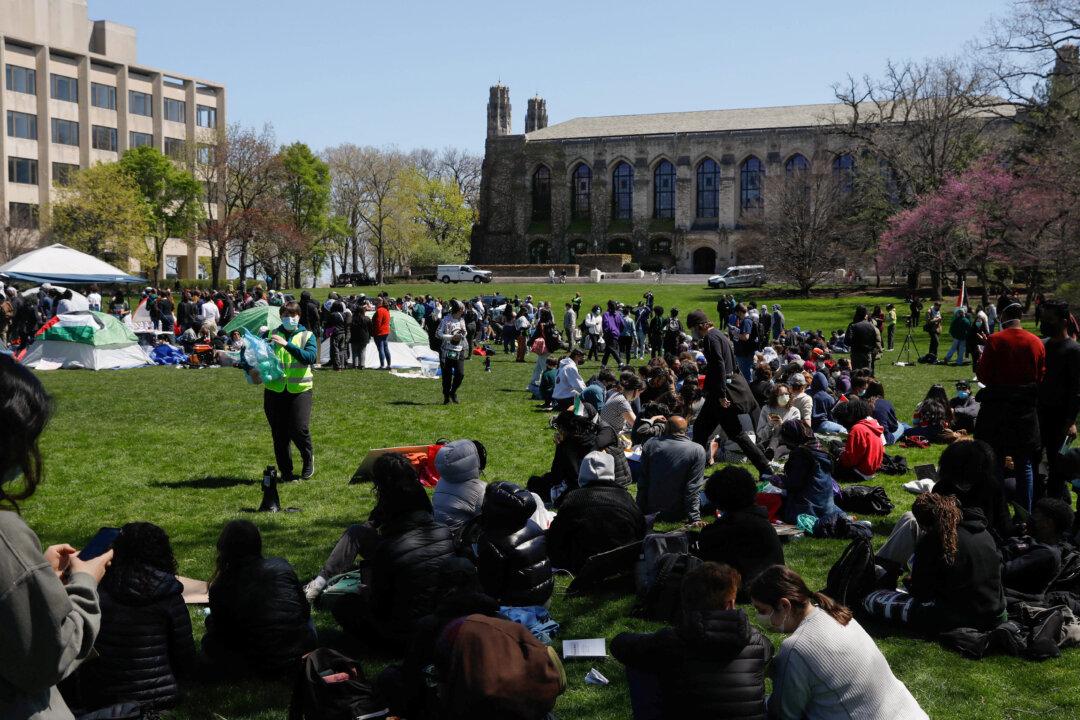A new visa rule from the U.S. Department of Homeland Security (DHS) expected to be published this February would make it more difficult for international students to stay in the country after finishing their degree.
The DHS
currently practices a rule known as “duration of status,” which means that international students can stay in the United States indefinitely as long as they maintain their status as students and do not violate the terms of their visa. This rule makes it possible for students to transfer to another school to work towards a higher degree or take an extra year to pursue a double major. Effectively, the length of their stay in the country is determined by how long they needed to finish their academic programs, rather than their visa expiration date.
In
a proposed new guideline, however, the DHS says it is going to establish a fixed “maximum period of authorized stay” for student visa holders and requires them to apply for new permission every time there is a change in their academic plans, such as a transition from an undergraduate to a graduate-level program. Consent will also be needed if students need a longer time than expected to finish their degree.
The new rule to replace existing “duration of status” does not say how long exactly the maximum period of stay for student visa holders would be. It does mention, however, that there would be “options for extensions” for each relevant visa category.
“The failure to provide certain categories of nonimmigrants with specific dates for their authorized periods of stay can cause confusion over how long they may lawfully remain in the United States and has complicated the efforts to reduce overstay rates for nonimmigrant students,” a DHS statement justifying the new rule reads. “The clarity created by date-certain admissions will help reduce the overstay rate.”
According to a 2018 DHS report (
pdf), around 68,000, or 3.7 percent of all 1, 840,000 student or exchange visitor visa holders failed to leave the United States at the end of their programs.
It is not the first time the Trump administration has tried to tackle visa overstays by tightening rules. In 2018, U.S. Citizenship and Immigration Services (USCIS) issued a policy memo (
pdf), changing the way immigration agents calculate when a international student is considered “unlawfully present” in the country. Unlawful presence used to start from the time USCIS or an immigration judge declared it to that individual. Such requirement is removed under the new rule, which states that unlawful presence will begin accruing the day after a student stops pursuing a course of study or otherwise violates the terms of his or her visa.





